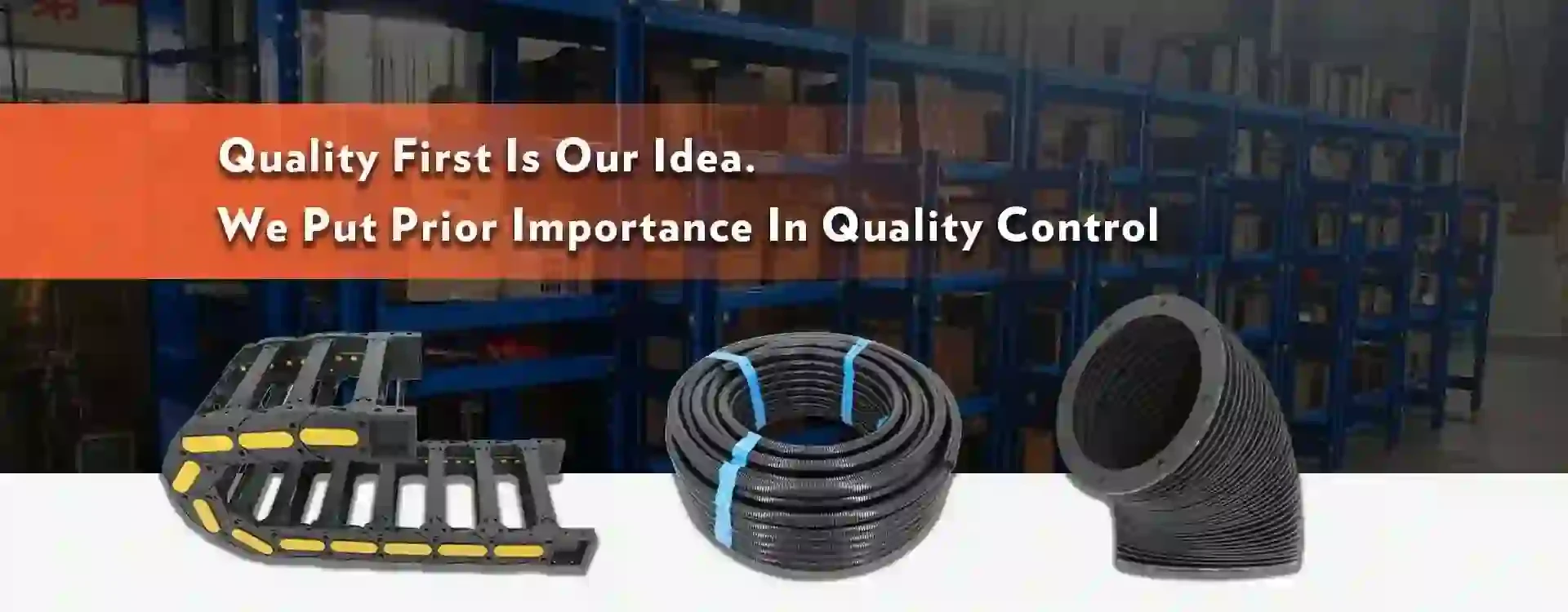dust free cable carrier
Dust-Free Cable Carrier Ensuring Clean and Efficient Operations
In today’s industrial landscape, optimizing productivity while maintaining high safety and cleanliness standards is more crucial than ever. One of the often-overlooked aspects of equipment design that plays a key role in achieving this balance is the cable management system. Among various cable management solutions, dust-free cable carriers stand out for their ability to keep environments clean, enhance device longevity, and streamline operations.
Understanding Cable Carriers
Cable carriers, also known as energy chains or drag chains, are mechanical devices designed to guide and protect cables, hoses, and other components as they move. Commonly used in automation, robotics, and CNC machinery, these carriers help manage the movement of electrical and pneumatic components, preventing tangles, wear, and tear.
The Importance of Dust-Free Design
Dust and debris in industrial environments can lead to serious equipment malfunctions and health hazards. Traditional cable carriers often allow dust and particles to accumulate inside, which can adversely affect cable insulation and lead to failures. This is where dust-free cable carriers come into play. Designed with closed or covered configurations, these carriers prevent dust ingress, ensuring that the cables within remain clean and operational.
Benefits of Dust-Free Cable Carriers
1. Enhanced Protection By keeping contaminants out, dust-free cable carriers provide enhanced protection for cables and hoses, extending their operational life. This is especially important in harsh environments, where exposure to dust can lead to premature wear and breakdowns.
2. Reduced Maintenance Costs Regular cleaning and maintenance are often necessary in dusty environments to ensure equipment functions correctly. With dust-free cable carriers, the need for frequent maintenance can be significantly reduced, resulting in lower servicing costs and less downtime.
dust free cable carrier

3. Improved Safety Dust accumulation can lead to slip hazards or can interfere with machinery, potentially leading to accidents. Utilizing dust-free cable carriers helps maintain a cleaner workplace, thus improving overall safety conditions for workers.
4. Facilitation of Automated Processes In automated settings, such as assembly lines or packaging operations, maintaining a dust-free environment is critical. Dust-free cable carriers ensure that moving parts operate smoothly without the interference of debris, thereby enhancing the efficiency of automated systems.
5. Compliance with Standards Many industries face stringent regulations regarding cleanliness and safety. Dust-free cable carriers facilitate compliance by significantly reducing dust-related hazards, making it easier for companies to meet industry standards and improve their operational reputation.
Choosing the Right Dust-Free Cable Carrier
When selecting a dust-free cable carrier, several factors must be considered. Firstly, it’s essential to assess the size and weight of the cables that will be deployed within the carrier. Additionally, evaluating the operational environment is vital environments with high temperatures, moisture, or heavy dust may require specialized materials or designs.
Moreover, consider the flexibility and expansion capabilities of the cable carrier. Industries are often evolving, and a wise investment would be one that can adapt to changing needs. It’s advantageous to choose carriers that allow for easy modifications in case of future expansions.
Conclusion
Dust-free cable carriers are an integral part of modern industrial systems, significantly improving the life expectancy of electrical and pneumatic components while enhancing the cleanliness and safety of the operational environment. As industries continue to evolve and adapt to new challenges, investing in innovative solutions like dust-free cable carriers will be key to maintaining efficient, safe, and clean operations. By adopting these advanced cable management systems, companies can ensure that they remain competitive in an ever-changing marketplace while safeguarding their workforce and equipment.








